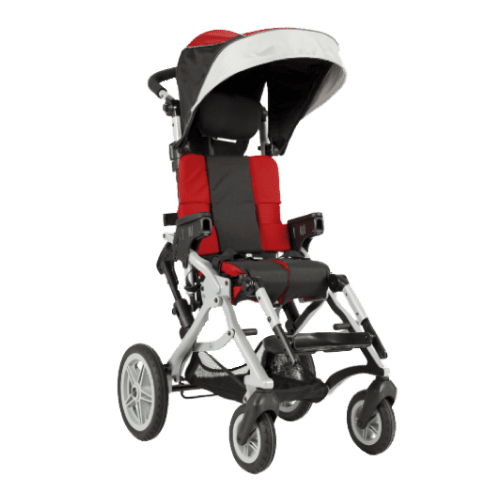Access to reliable transportation is essential for individuals with mobility challenges to maintain independence and participate fully in community life. However, navigating transportation systems can be challenging for those with disabilities. Fortunately, there are various accessible transportation options available to help individuals travel safely and comfortably outside their homes.
Public Transit Accessibility
Public transit systems in many cities offer accessible options to accommodate individuals with disabilities. These may include low-floor buses with ramps or lifts, designated wheelchair spaces, and priority seating for passengers with mobility impairments. Additionally, many transit agencies provide paratransit services for individuals who are unable to use fixed-route buses due to disability-related barriers.
Accessible Taxis and Ride-Sharing Services
Accessible taxis equipped with wheelchair ramps or lifts provide an alternative transportation option for individuals with mobility challenges. Many cities have wheelchair-accessible taxi services that can be booked in advance or hailed on-demand. Additionally, ride-sharing services like Uber and Lyft offer wheelchair-accessible vehicles in some locations, providing greater flexibility and convenience for travelers. Experience seamless mobility beyond your doorstep with our selection of Reach transportation options.
Wheelchair-Accessible Vans
Wheelchair-accessible vans are specially designed vehicles that allow individuals to travel while remaining seated in their wheelchairs. These vans feature ramps or lifts and spacious interiors that accommodate both wheelchair users and their companions. Wheelchair-accessible vans can be privately owned or rented from specialized transportation providers for short-term or long-term use.
Community Transportation Programs
Many communities offer specialized transportation programs specifically designed to meet the needs of individuals with disabilities and older adults. These programs may include door-to-door transportation services, volunteer driver programs, and group transportation for medical appointments, grocery shopping, and other essential activities. Community transportation programs often require advance reservations and may have eligibility criteria based on disability or age.
Conclusion
Accessible transportation options play a crucial role in promoting independence, social inclusion, and community participation for individuals with mobility challenges. By providing barrier-free access to public transit, taxis, ride-sharing services, wheelchair-accessible vans, and community transportation programs, we can ensure that everyone has the opportunity to travel safely and independently outside their homes.
FAQs
- What types of accessibility features are available in public transit systems for individuals with mobility challenges?
- Public transit systems often offer low-floor buses with ramps or lifts, designated wheelchair spaces, and priority seating for passengers with mobility impairments.
- How can I find wheelchair-accessible taxis or ride-sharing services in my area?
- You can inquire with local taxi companies about their wheelchair-accessible vehicles or use ride-sharing apps like Uber or Lyft, which may offer wheelchair-accessible options in some locations.
- Are there wheelchair-accessible van rental services available for short-term use?
- Yes, there are specialized transportation providers that offer wheelchair-accessible van rentals for short-term or long-term use. These vans feature ramps or lifts and spacious interiors to accommodate wheelchair users.
- What types of services do community transportation programs typically offer?
- Community transportation programs may provide door-to-door transportation services, volunteer driver programs, and group transportation for essential activities like medical appointments and grocery shopping.
- How can I determine my eligibility for community transportation programs?
- Eligibility criteria for community transportation programs may vary, but they often consider factors such as disability or age. Contact your local transportation agency or program coordinator to inquire about eligibility requirements.



